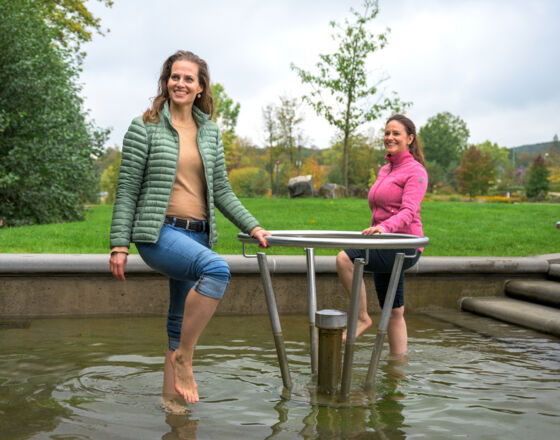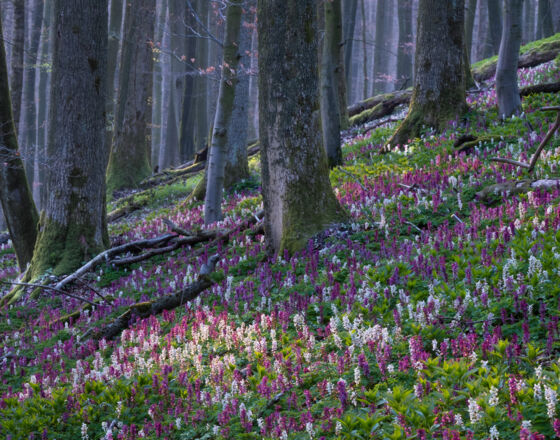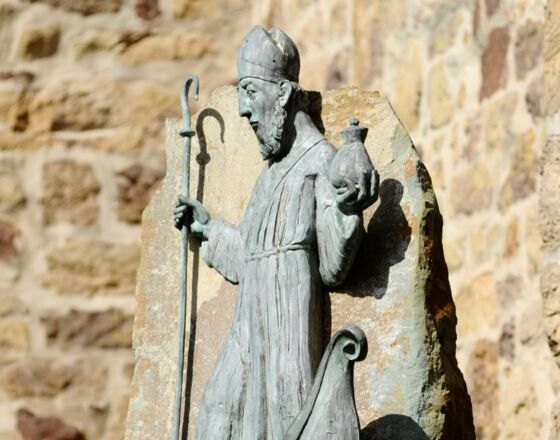Highlights
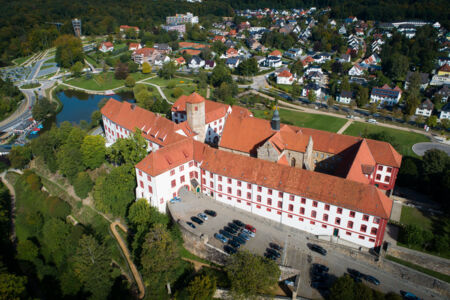
Iburg Castle with Castle Museum
Iburg Castle, a double residence and monastery dating from the 11th century, is the backdrop to living Hanseatic history. The court pharmacy in the courtyard of the castle has been preserved to this day. A legge building was erected on the castle hill in 1770. The cloth known as "Lö-wend Linnen" was produced here.
Read more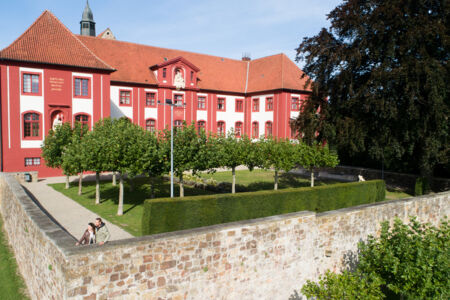
Convent Garden at Iburg Castle
At the level of today's convent garden at Iburg Benedictine Castle once stood a hospital, which not only provided refuge and protection for passing merchants, but also medical care in case of illness. Unfortunately, remains of this building have not been preserved.
Read more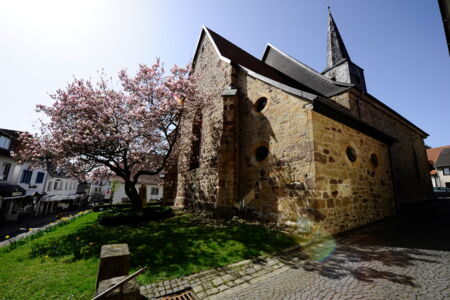
Spot church of St. Nicholas
Built in 1226 in the middle of the historic city center next to the half-timbered houses on Rathausstraße, the Fleckenskirche, named after the patron saint St. Nicholas, was largely financed by donations from traveling merchants and is emblematic of Bad Iburg's status as a protective spot.
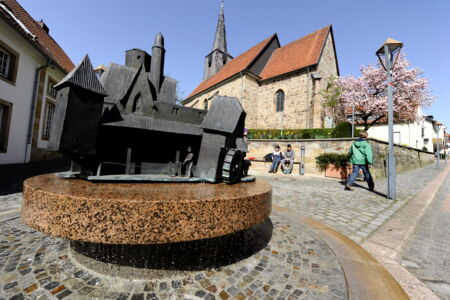
Craftsmen's fountain
Below the Fleckenskirche, the Handwerkerbrunnen (craftsmen's fountain) commemorates the first merchants of Iburg. These include the widely branched servant family of Iburg (Yborg), mentioned since 1151, which also included long-distance merchants who settled in the Baltic region.

City center with Hanseplatz
For a long time, Hanseplatz was the location of the weekly market and still serves as a meeting point for citizens and our guests for shopping and as a point of orientation. At the Hanseplatz guests can inform themselves about the history of the association. The Beckerteichpforte and the Mühlentor (mill gate) still point to the walled enclosure of the village.

Tegelwiese
North of the Bad Iburg castle and north of the federal road 51 lies the Tegelwiese, the former bleaching area for linen production. In the area of this wetland biotope, visitors are offered activities and information at stations on the theme of "Water. Nature. Environment.
Read moreContact
Tourist-Information Bad Iburg
Am Gografenhof 3
D - 49186 Bad Iburg
Tel. 0049- 5403 – 40466
tourist-info@badiburg.de
Travel options
By car
A 30 Berlin-Hanover, exit Osnabrück Nahne/Bad Iburg, continue on B 51 (approx. 13 km)
A 1 Münster-Bremen, exit Lengerich, continue via Lienen to Bad Iburg (approx. 22 km)
By bus and train
Osnabrück main train station and continue with bus No. 465 (direction Glandorf/Osnabrück) or No. 466 (direction Bad Rothenfelde/Osnabrück).
By plane
Münster-Osnabrück airport about 35 km away.



